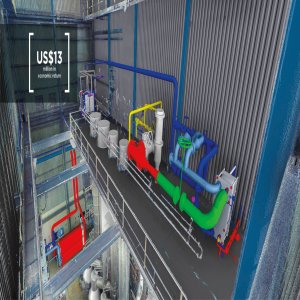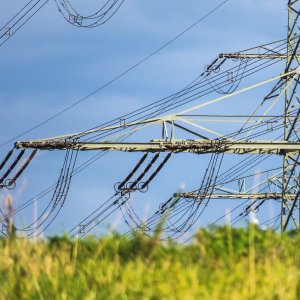A Stable Baseload to Fuel Mexico’s Energy Transition

STORY INLINE POST
Q: How does cogeneration compare to battery-based energy storage in Mexico?
A: If we look at energy storage as an energy source, it is not yet competitive compared to natural gas. Natural gas imported to Mexico from the US is the cheapest available on a global scale. There is no way today for energy storage to compete in a market where natural gas is on hand at such a cost-effective price. Prior to being neck and neck with natural gas, energy storage has yet to reach a scalability level that places it on par with diesel. Some renewable energy power plants in Baja California have already integrated storage systems precisely because the region lacks the infrastructure to import natural gas. From a regulatory and electricity system design standpoint, it remains unclear whether energy storage will serve generation or transmission purposes.
However, battery-based storage does provide a set of characteristics absent in natural gas-fueled combined cycle plants. These are mainly short response times and frequency control for certain responses requiring an electricity grid. Mexico’s ancillary services structure does not provide a place for battery-based storage. CENACE is still undergoing internal discussions to adapt ancillary services to storage characteristics. Combined-cycle plants fit renewable power generation well as they complement renewable energy intermittency, especially considering the capacity mechanism available that could provide sufficient to cover combined-cycle’s fixed costs. Variable costs can be covered by energy market prices. Mexico’s energy model structure is made to inject renewable power complemented by combined cycles rather than incentivizing energy storage per se.
Q: What key factors helped Mitsui Power Americas win a third long-term electricity auction project?
A: Mitsui Power Americas was already familiar with the auction process given its participation in past editions. Auctions boil down to doing business. They are an attractive mechanism due to payment warranties and the long-term characteristic of coverage contracts, which explains the large number of participants. At a global level, it was important for Mitsui to participate and build an auction project to prepare for future auctions, either in Mexico or another country. Competitiveness is at the core of our success. Carefully-designed projects are vital, considering the auction’s thin margins and ensuring the capacity to absorb certain levels of technical, construction and long-term risks.
Q: What needs to be done to see more bilateral PPAs and full merchant projects?
A: In any business, energy included, fewer risks translate into lower profitability margins and higher profitability implies assuming greater risks. Long-term electricity auction projects belong to the first case. Full merchant projects need the long-term purchase offers to become bankable. They remain attractive in the short term but electricity price variability and unpredictability pose long-term risks. Bilateral PPAs also remain limited but offer an in-between option with power purchasers, sellers and the need to assess who absorbs the larger risk share. If purchasers are able to absorb auction level risks, price levels can be attained. For the pool of purchasers unwilling to assume long-term risks, prices will be closer to merchant levels. Mitsui Power Americas considers all possibilities and looks for a balance between long-term risks and profitability. The difficulty lies in developing bankable merchant projects. The Mexican market has still to develop and mature to advance risk mitigation processes for merchant projects to multiply.
Q: How is Mitsui Power Americas navigating the industry’s technological dynamic?
A: As a company with a vested interest in power generation, being at the forefront of digital innovation unlocks an undeniable competitiveness factor. By consulting with innovative companies, we are evaluating the integral solutions available and testing concepts and alliances with these companies. Digitalization also involves the possibility of branching out to industrial solutions and O&M services.























